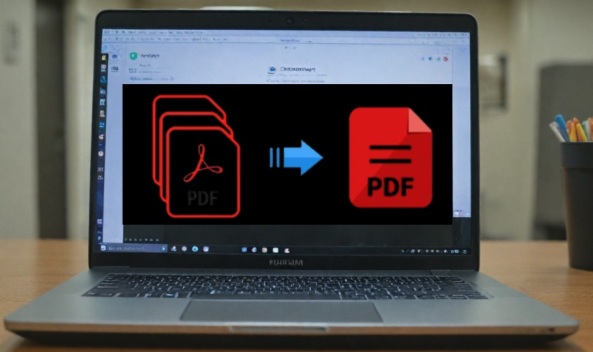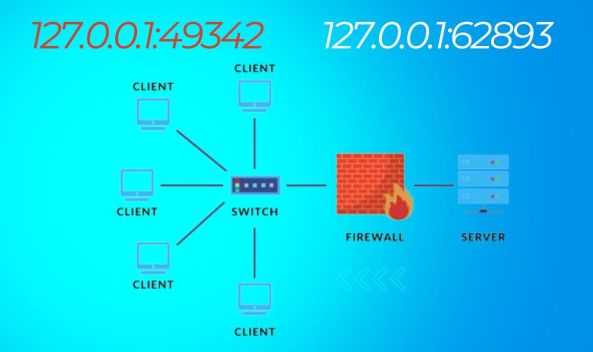
The world of computing and networking is vast and intricate, yet understanding some fundamental concepts can greatly enhance your technological comfort and effectiveness. One such concept is the use of “localhost,” commonly represented by the loopback IP address 127.0.0.1, in conjunction with port numbers like 62893. This article aims to delve deep into these topics, exploring their workings, benefits, and essential aspects.
What is Localhost and 127.0.0.1?
Localhost refers to the computer or server you are currently using. In networking terms, it is a hostname that means this computer. When a software application on your computer attempts to communicate with another application on the same machine, it uses localhost. The IP address 127.0.0.1 is the designated loopback address used by localhost to refer to itself. This setup allows network software to communicate in a secure and controlled manner without leaving the local machine.
How Does Localhost Work?
Localhost works through the loopback network interface, which is a virtual network device that your operating system recognizes as the final destination for any traffic marked for 127.0.0.1. When you ping 127.0.0.1, the packet is sent to the loopback interface, where it is processed locally and never reaches any external devices.
Benefits of Using Localhost
- Testing and Development: Localhost is crucial for developers as it provides an isolated environment to test and develop applications without infringing on external networks.
- Increased Security: By restricting application operations to the local machine, you enhance security since external access is not required.
- Performance Optimization: Localhost allows for faster communication between applications due to the lack of network latency present in external communications.
Also Read: How to Find an iPhone on an Android Device
Understanding Port Numbers
In networking, a port number is a 16-bit number used to identify specific processes or network services. Port numbers range from 0 to 65535, with certain ports reserved for well-known services (e.g., HTTP using port 80, HTTPS using port 443). Port numbers allow multiple network services to run simultaneously on a single host, each identified by its unique port number.
Well-Known Port Numbers
- 80: HTTP
- 443: HTTPS
- 21: FTP
- 22: SSH
Port numbers greater than 1023 are usually available for dynamic assignment by applications and are often used for ephemeral or temporary communication.
Exploring 127.0.0.1:62893
Using the address 127.0.0.1:62893 means you are communicating with a process running locally on your machine, specifically on port 62893. Here’s a detailed breakdown of how this works and why it’s significant.
How It Works
- Application Binding: An application binds to port 62893 and listens for incoming communication addressed to 127.0.0.1 on this port.
- Data Transmission: When you send data to 127.0.0.1:62893, your system routes this data through the loopback interface to the application listening on that port.
- Local Processing: Since the data never leaves the local machine, it enjoys minimal latency and is not subject to external network security threats.
Typical Use Cases
- Local Development Servers: Developers often run web server instances on localhost with custom port numbers like 62893 for testing purposes.
- Database Management: Database servers such as MySQL or MongoDB can be configured to listen on localhost at a specific port, ensuring that database administration and queries are restricted to the local environment.
- Application Communication: Different components of a large application might need to communicate via specific ports on localhost. This is common in microservice architectures.
Configuring Applications with Localhost and Port Numbers
When setting up applications to use localhost and specific port numbers, it’s important to follow best practices to ensure efficiency and security.
Steps to Configure
- Choose an Unused Port: Ensure the port number you choose is not already in use by another application to avoid conflicts.
- Bind Application to Port: Configure your application to bind to the chosen port. For example, in a web server configuration file, you might set
Listen 62893. - Update Firewall Rules: If you are using a firewall, make sure it allows traffic to 127.0.0.1 on the specified port.
- Test Configuration: Use tools like
telnetornc(Netcat) to test connectivity to the localhost port and ensure the application is accepting connections.
Example with a Web Server
Consider a scenario where you need to configure Apache to run on localhost at port 62893 for development purposes. Here’s how you might do it:
- Edit Apache Configuration: Locate the Apache configuration file (e.g.,
httpd.confon Windows,/etc/apache2/apache2.confon Linux) and add the following line to make Apache listen on port 62893:textListen 62893 - Restart Apache: After making the configuration change, restart the Apache service for the changes to take effect.
- Test the Configuration: Open a web browser and navigate to
http://127.0.0.1:62893. You should see the default Apache welcome page, indicating that the server is running on localhost at the specified port.
This setup allows you to develop and test your web application without interfering with the main Apache instance running on the default port 80. You can now access your local development environment by visiting http://127.0.0.1:62893 in your browser.
Final Verdict:
Understanding localhost and port numbers is crucial for developers, IT professionals, and anyone working with networked applications. The use of 127.0.0.1 and custom port assignments provide a secure, isolated environment for testing, development, and application communication. By configuring applications to leverage localhost, you can optimize performance, enhance security, and streamline your workflow. This comprehensive guide has explored the intricacies of this fundamental networking concept, equipping you with the knowledge to effectively leverage localhost and port numbers in your projects.



